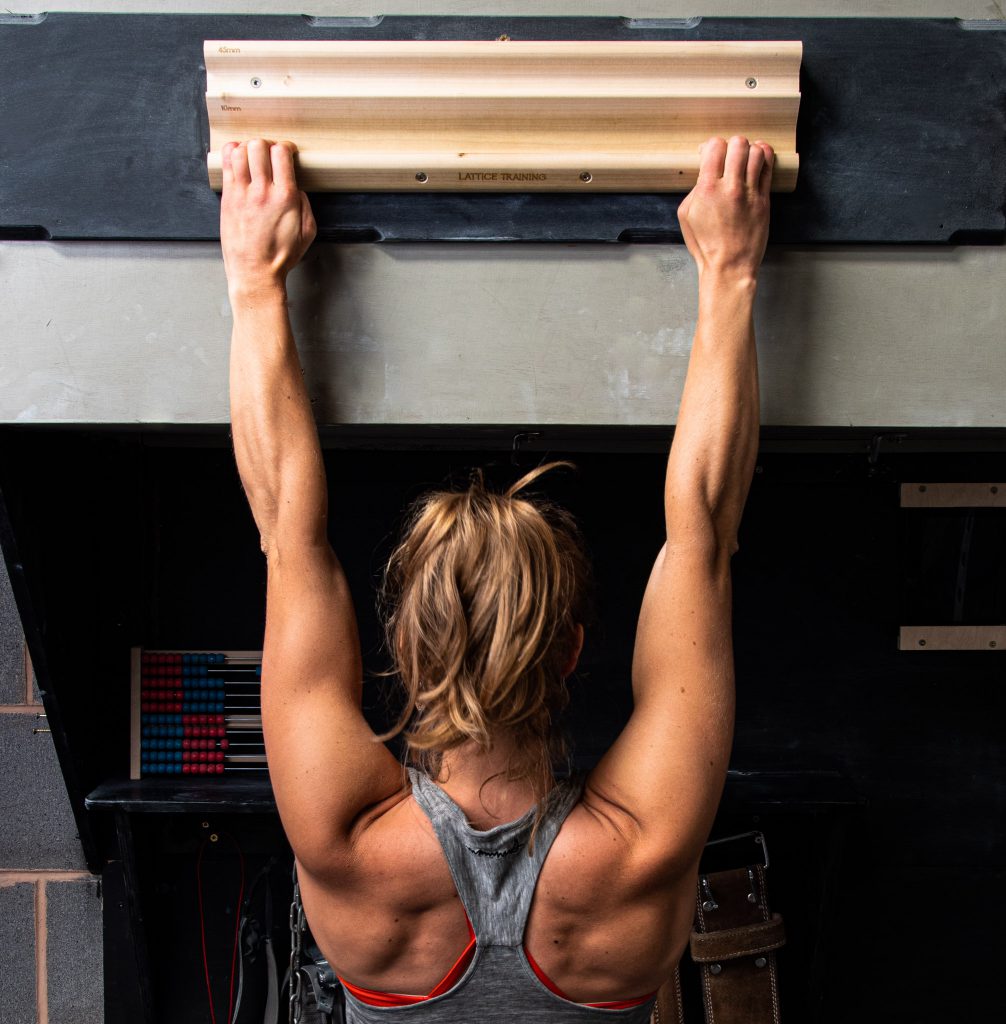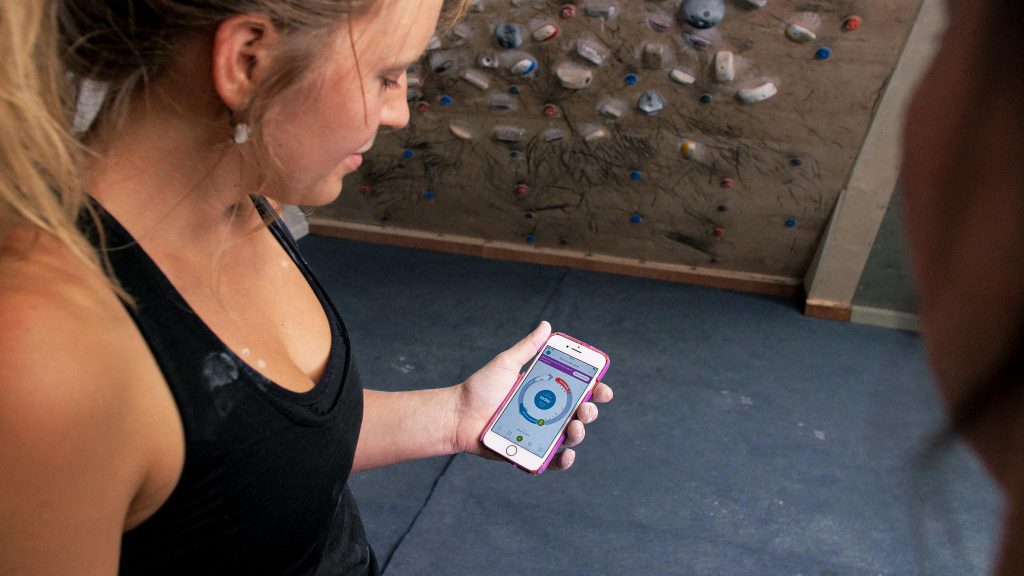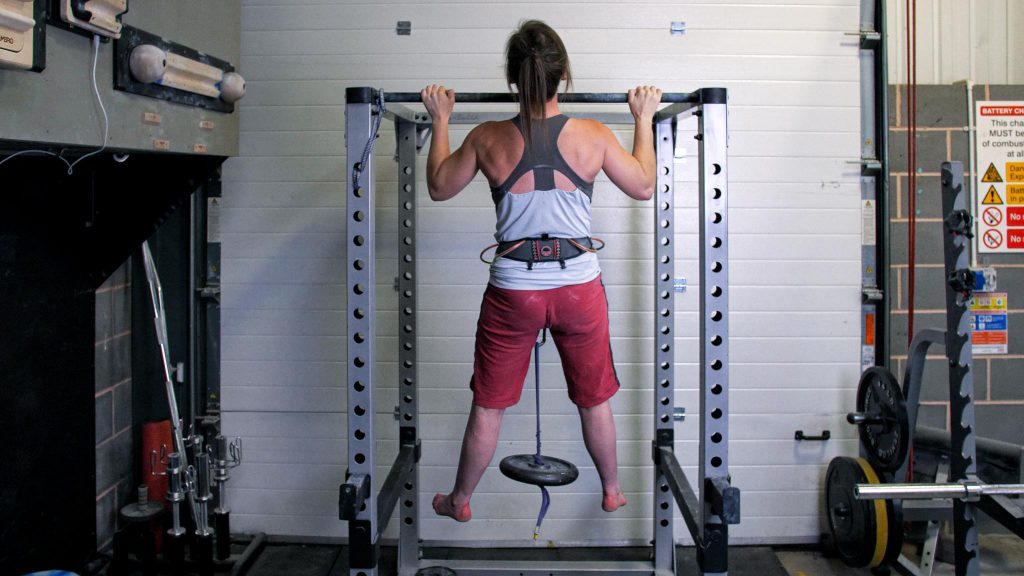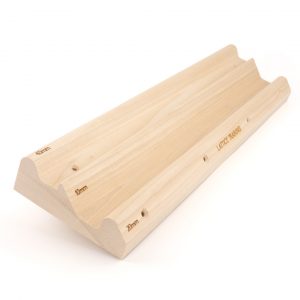The Female Climber: Training in Sync with your Hormone Cycle
Part One
What is this series about?
In this series, I hope to provide a systematic approach for climbers to syncing training with the menstrual cycle. With the increase in discussion surrounding hormones and the changes to our physiology during the menstrual cycle, it is easy to get overwhelmed. So before we dive into everything “periods, hormones, and cycles” we need to first think about the best approach for us. We can view our climbing and training as a pyramid — without a wide base, the whole thing would topple over. We need to start from the bottom, which means starting by laying strong foundations. There are many reasons why climbers start training; to reduce injury risk, to make strength or endurance gains, to be time efficient when juggling a busy job or parenthood, to account for shifts in life stage (menopause/post-partum), as well as for the simple enjoyment of it. If these goals are affected by hormonal changes during our monthly cycles, then it seems worth knowing how best to adjust our training to optimise our health, performance, and experience.
Each part of this series will by no means provide the whole picture, nor cover the full range of individual experience, but I hope that we can start to build a base that can help climbers increase their body literacy when it comes to the menstrual cycle.

Introduction
The menstrual cycle is an extremely important biological cycle, yet for the majority of my reproductive life the conversation around periods, the menstrual cycle, and contraceptives has been pretty quiet and somewhat a taboo. However, in recent years it has been getting louder; with research, sports news, podcasts, and apps focusing on female physiology with the aim of optimising health and sports performance. Outside of this, there is the broader issue of the dropout rate from physical activity and recreation in the outdoors during the different reproductive stages of life, which has an impact on both physical and mental health. Education surrounding the hormonal changes throughout the monthly cycle, as well as different stages of life, will hopefully allow climbers to adapt rather than drop out of climbing and training.
However, with the menstrual cycle becoming a hot topic, we can find ourselves swimming in a sea of information. What applies to us? How does this translate to climbing? Do we need to be at a certain level before considering how our cycle might be affecting our climbing? When the answer to most of these questions seems to start with “well, it’s really individual…”, how do we decipher what we, as individuals, need?
The question of a certain climbing level being needed for any intervention is one that is applied ubiquitously. Do I need to climb a certain grade before training? Before fingerboarding? Before falling on gear? The list goes on and there is generally a lot of debate as to the correct answer. When it comes to considering the menstrual cycle alongside climbing or training, it comes down to whether the intervention changes a climbers experience in a positive way. The term “experience” here encapsulates enjoyment, mindset, physical performance, health, adaptation and recovery, and I don’t think that these elements of climbing that a lot of us seek are reserved for a certain grade or level. So the question is not “Am I “good enough”?” but “Will this improve my experience of climbing or training?”, and to find the answer we first need to understand the ways in which our cycles may affect us.

First things first… What happens during the menstrual cycle?
Ella and I put together a YouTube video discussing the different phases of the menstrual cycle: https://www.youtube.com/watch?v=V9PJ4b7xJHE. This is a great place to start when it comes to a general understanding of the fluctuation in hormone levels during the cycle and the symptoms that can accompany them.
As much as taking a deep dive into the theory, physiology and endocrinology surrounding the menstrual cycle is interesting, getting to grips with the impact that the menstrual cycle may have on our climbing from a real life perspective is what will make a difference to our experience.
So what are some of the main points to keep in mind?
- Although it looks neat to describe the cycle as 28 days long, with ovulation around day 14, separating the low hormone and high hormone phases, in reality we are not textbooks. This will vary greatly between individuals, but potentially also between cycles for a given individual. Life has a tendency to fluctuate as much as our hormones, and the systems in our bodies are not isolated, therefore, stress (whether that is emotional, physical, or nutritional) will have an impact on our cycle and the symptoms that come with it.
- The low hormone phase (or follicular phase) is considered the phase from day 1 through to ovulation. Remember that day 1 of the menstrual cycle is day 1 of bleeding, so this phase includes menstruation.
- Towards the end of the low hormone phase estrogen rises to stimulate ovulation. This also coincides with a spike in testosterone.
- After ovulation estrogen falls, but then both estrogen and progesterone levels rise for the remainder of the cycle. The phase is termed the high hormone phase (or luteal phase), and the end of this phase is often when the symptoms categorised as PMS are experienced.
- As we can see, the menstrual cycle is not just your period. Hormones levels are changing constantly throughout the cycle, which is why it is common to experience symptoms at times other than during menstruation.

The foundations of structuring our training around the menstrual cycle
When it comes to training, it is worth keeping in mind that picking the low hanging fruit will likely yield the best results. So, when deciding whether we should synchronize our training with our cycle, the first questions we should ask ourselves are:
- Is my training periodised to have higher load weeks and deload (or rest) weeks?
In order to adapt to training, it is important to allow recovery periods as it is during these periods that we actually make adaptations. Not allowing frequent rest weeks will impact energy levels and increase injury risk, as well as hamper response to training. Before we can periodise around the different phases of our cycle, we need to periodise full stop! If the answer to the question posed above is “no”, then the first thing to do is record the sessions that you do each week and think about how tiring each one is (you can rate each session on a scale of 1-10 using Relative Perceived Exertion, RPE). Another thing to consider is the amount of recovery time needed after a given session. This will depend on the intensity (how difficult) and volume (how long) of the session, and can be judged by how tired you feel post-session of the following day. This information allows us to schedule in a deload week where we reduce both the volume and intensity of training and climbing to allow for supercompensation (the adaptation to training that leads to a higher performance post-training). The most common pattern used is 3 weeks on 1 week off, however depending on the individual 2 weeks on 1 week off may be preferred to improve recovery. Once we have this structure set up, we can look to overlay this with our monthly cycle to make the most of our training.
- Have I tracked my menstrual cycle?
It is important to understand the length, or any variation in length, of our cycles. Our cycle is a marker of our health and changes in length or disruption to our cycles can be an indicator of overtraining, stress, or low energy availability (a mismatch between fueling and energy expenditure). When our hormone production is affected by stress or low energy availability this can result in early, late, or missed periods. When we use hormonal contraceptives, the exogenous hormones (synthetic hormones not produced in our body) interrupt the natural fluctuation in our endogenous hormones (the hormones made within our bodies). This means that our cycle does not behave like a natural hormone cycle, and any regular bleeding that we experience (for example during the pill-free days on the combined pill) is not classed as a period. This is because the bleeding is caused by withdrawal of the synthetic, exogenous hormones rather than by changes in our natural, endogenous hormones. Some forms of contraception simply stop periods altogether. Although this can be seen as advantageous, it is important to be aware that hormonal contraceptives can mask the red flag of menstrual disruption that is caused by low energy availability. Low energy availability manifests itself in lots of different ways, such as poor adaptation, low mood, frequent injury or illness, reduced memory or concentration, so if this is something you are unsure about, one possible approach could be to have a break from hormonal contraception in order to get a better idea of your hormonal health.
Recording symptoms that impact your training – such as fluctuations in water retention (think bloating!), strength, coordination, motivation, or recovery – over 3-6 months will help to weed out “bad days” (remember not every poor session or tired day will be linked to your hormones!) and get a good picture of what impacts you personally. Despite the interruption to the natural hormone cycle when using hormonal oral contraceptives, we may still experience symptoms around withdrawal bleeds. Furthermore, contraceptives such as the Mirena Coil, that act locally in the uterus, are thought not to interfere with endogenous blood hormone levels in the same way, therefore changes due to hormone fluctuations throughout the month may still be experienced (with or without a discreet period). It is important to remember that there is a lot of variation when it comes to the menstrual cycle, so we cannot be prescriptive when it comes to what symptoms are experienced when, and what impact this may have on climbing. Tracking is about finding the pattern of what affects us as individuals.
If you haven’t checked it out already, Ella and I put together a YouTube video discussing tracking: https://www.youtube.com/watch?v=oBsKorIqoHM

Part 2 coming soon…








AMAZING 🙂 love that all this is finally becoming less taboo and something that we have the power (and information required) to incorporate into our training and daily lives! Can’t wait for part 2 🙂
Thanks Sarah, we’ll be doing a lot more of these… lots on our YouTube channel too 🙂